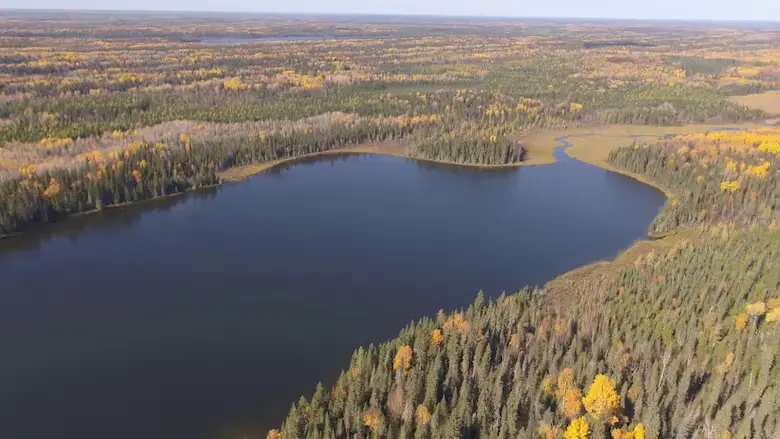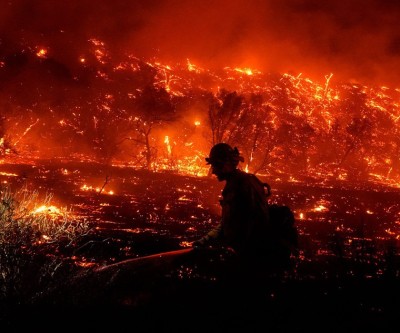Latest News
- Heavy snow in Montreal; schools closed and power outages!
- Toronto mayor's popularity on the decline; half of the population is dissatisfied
- Heartbreaking accident in Markham; 61-year-old driver dies in two-car collision
- Brandon Ingram fined for throwing bottle in anger
- Cineplex's creative idea: "Surprise Mondays" to bring audiences back to the cinema
Latest Ads
-
Jasmine Jewel
Call
-
Omidan group
Call
-
Amir Madanpour
Call
-
Dimo studio
Call
-
Yorkacademy
Call
-
Maryambagheri
Call
-
Shishlix Restaurant
Call

Wildfires send Canada's carbon emissions soaring. And our peatlands emit even more
OTTAWA - As Canada grapples with another summer of smoke and fire, estimates suggest 2025 will likely be the second worst wildfire year in the country's history. More than 5.5 million hectares of Canadian forests and grasslands have been burned so far, nearly three times the 10-year average for the same period.
A new threat to the world's carbon stocks:
Canada is home to a quarter of the world's peatlands, ecosystems that are rich in carbon because they have accumulated plant and animal remains over thousands of years. However, an unprecedented wave of fires is now putting these valuable resources at serious risk. More worryingly, the greenhouse gas emissions from peatland fires are not included in the Canadian government's official statistics.
Efforts to measure carbon emissions from clay soils:
The Canadian government is conducting new studies to estimate the amount of greenhouse gas emissions from these sensitive ecosystems and assess their impact on climate change.
Why are fires more dangerous in clay soils?
Fires typically occur in boreal forests, where flammable trees such as black spruce are abundant.
The carbon-rich soil in clay soils means that surface fires in these areas release huge amounts of carbon into the atmosphere.
These fires are often less intense but more widespread and can continue for months or even years.
New findings and implications:
A study published in 2024 estimated that annual greenhouse gas emissions from fires in Canada’s claylands are estimated to be approximately 11.5 million tonnes, a figure that can vary depending on conditions each year. This data is crucial for environmental assessments of projects, discussions about protecting these lands, and future decisions about natural resource extraction that may affect these ecosystems. In addition, including these statistics in official reports to the United Nations would improve our understanding of the true impact of fires on the global climate.
The ecological value of claylands:
Dr. Maya Strack, a professor at the University of Waterloo, warns that many claylands are located in areas with high potential for resource extraction. He stressed the importance of raising public awareness of these ecosystems as natural and potentially powerful solutions in the fight against climate change.
The report focuses on the critical importance of clay soils, their vulnerability to wildfires, and the need for urgent action to protect these unique and valuable ecosystems.
News source
Suggested Content
Latest Blog
Login first to rate.
Express your opinion
Login first to submit a comment.
No comments yet.


































